First Rock
- Location: In a field.
- Overall and close up photo
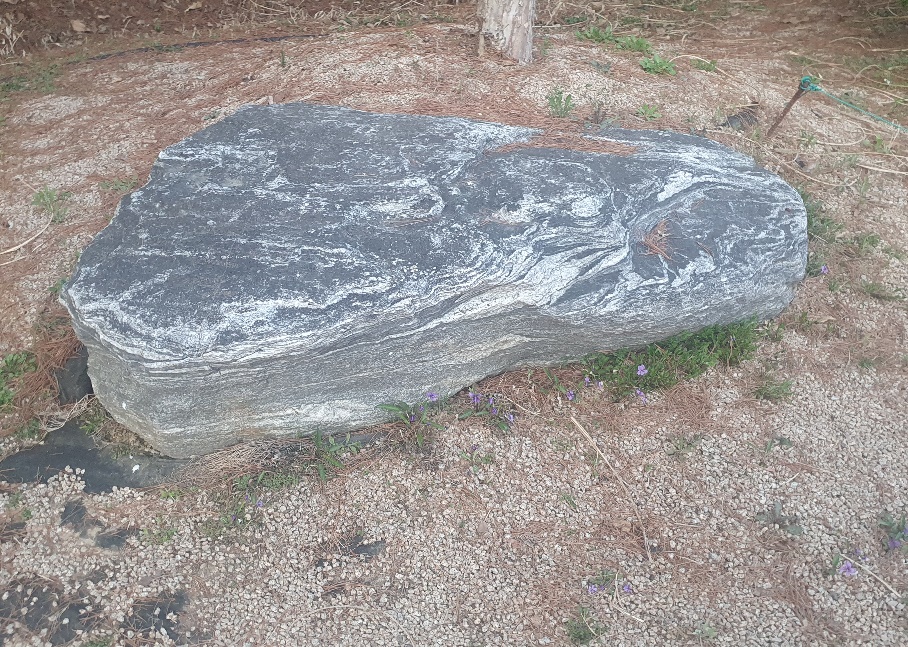

- Gneiss, Metamorphic Rock.
- Gneiss rocks display a high level of foliation, representing layers of different materials alternating in nature, as shown in the close-up photo. Unlike schist and slate, gneiss does not break along the foliation because less than half of the layers formed during the metamorphism are oriented in small layers, as shown in the close-up photo.
The coarseness of the foliations also characterizes gneiss rocks; the layers are usually sub-parallel as they have no constant thickness, shown in the above photos. The foliations in the picture above are discontinuous, which is similar to gneiss rocks.
Gneiss rocks have certain features that are consistent with the photos of the stones. The first is that its hardness is hard (“Rocks: Pictures of Igneous, Metamorphic and Sedimentary Rocks”). The grain size is medium to coarse-sized grain visible. The foliated texture is on a scale of centimeters and above.
The color of the foliations above is that it has darker and lighter discontinuous layers (“Rocks: Pictures of Igneous, Metamorphic and Sedimentary Rocks”). Felsic minerals like quartz and feldspar generally form shiny color bands, with mafic minerals such as augite, biotite, and hornblende forming the dark layers, which are similar to the photos. In terms of touch, gneiss is usually rough to touch, consistent with the picture above as the rocks seem rough to touch.
Second Rock
- Location: In a construction site
- Overall and close up photo
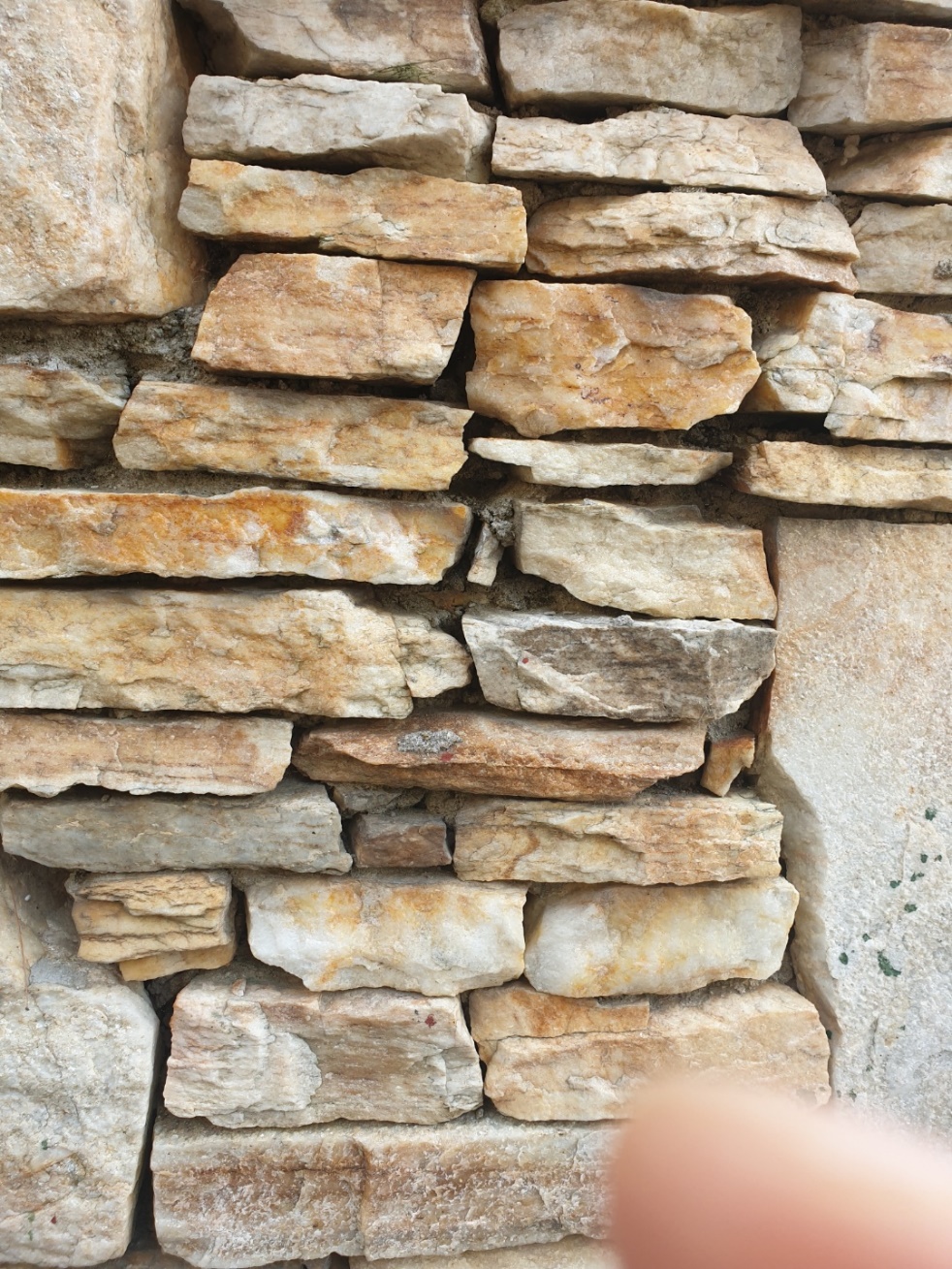

- Marble rock, Metamorphic Rock
- The photos are consistent with marble rock’s appearance, a type of metamorphic rock formed from other rocks resulting from pressure and heat. Marble forms under pressure and heat conditions as the calcite that makes limestone crystallizes to form crystals (“Rocks: Pictures of Igneous, Metamorphic and Sedimentary Rocks”). The color of the rock is consistent with marble rock which in its pure form is usually white. However, marble may contain specific impurities like iron oxides, clay, or even bituminous material that change its color to grey, blue, yellow, amongst others. These impurities can cause color change incorporated in the calcite during metamorphism.
Several factors distinguish marble rock; one is usually the granular texture, consistent with the close-up photo. Another characteristic is the medium-grained grain size, whose interlocking calcite crystals the naked eye can see, as seen in the picture. In terms of touch, marble is generally gritty to touch, which is consistent with the image.
The close-up photo also shows the translucence nature, which is consistent with marble rock, making it suitable for various sculpture types. In terms of hardness, marble has a hardness of three on the Mohs hardness scale, which is a scale that characterizes the hardness of minerals (“Rocks: Pictures of Igneous, Metamorphic and Sedimentary Rocks”).
The rock in the photo is a marble rock; this determination is due to these characteristics, including color translucence nature, grain size, amongst others.
Third Rock
- Location: In an institution
- Overall and close up photo
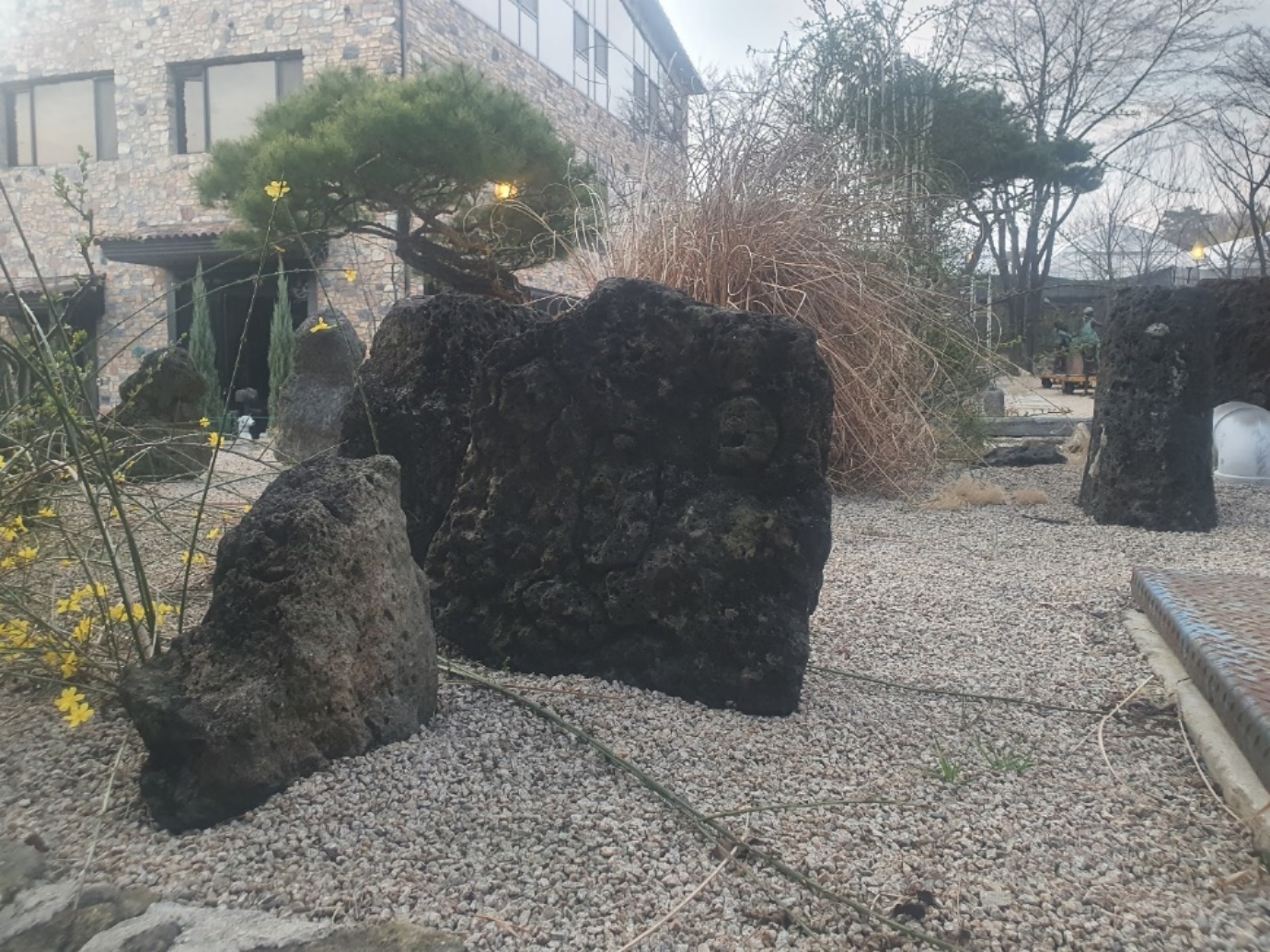
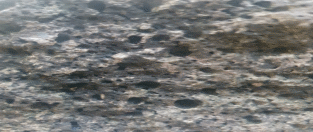
- Pumice, Igneous rock
- Pumice rocks contain spaces referred to as vesicles, as shown in the close-up photo. These vesicles get formed from gas bubbles that got trapped in the rock during the magma’s cooling. The magma material cooled so quickly that atoms could not arrange themselves quickly enough to form a crystalline structure.
The color of a pumice rock is white if it comes from lava rich in silica; those with a lower level of silica are yellow or brown, while those with little silica are black, as consistent with the close-up photo.
Pumice has a low density due to its air-filled pores. In terms of texture, pumice has a rough surface and is aphanitic, which means that it consists of tiny crystals that are not visible to the eyes (“Rocks: Pictures of Igneous, Metamorphic and Sedimentary Rocks”). Its texture is also vesicular as it has many gas pores, as evidenced in the close-up photo. Pumice has a composition of various minerals, including feldspar, zircon, hornblende, and augite, with its makeup being felsic or rhyolitic. In terms of hardness, 6 in the Mohs hardness scale is the scale of pumice.
Pumice rock is determined to be the rock in the photo due to its appearance, which looks aphanitic and vesicular in texture, and its color.
Fourth Rock
- Location: Sculpture
- Overall and close up photo
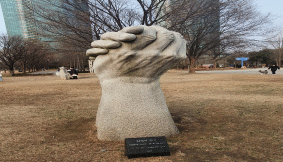
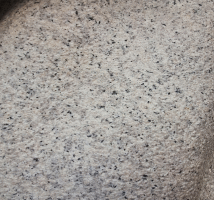
- Sandstone, Sedimentary rock
- Sandstone is a sedimentary rock with a sand-sized grain of organic materials or minerals. Deposits of sand delivered by wind or waves’ actions on river basins form this sedimentary rock type.
Sandstone has several clasts sizes which are a fine clast size between 0.006-0.02cm, medium clast size between 0.02-0.06cm, and coarse size between 0.06-0.2cm. Sandstone texture is clastic, which means a combination of other grains (“Rocks: Pictures of Igneous, Metamorphic and Sedimentary Rocks”). Weathered materials and grains destroyed or reduced in size due to their physical weakness are the grain composition.
In terms of colors, sandstone has colors varying from grey, yellow, and white to red, consistent with the photos indicating the mineral variation in its contents. In terms of touch, sandstone is gritty or like sandpaper in touch, congruous with the rock in the picture. Quartz and feldspar with varying amounts of other minerals dominate sandstone’s clast (“Rocks: Pictures of Igneous, Metamorphic and Sedimentary Rocks”). These clasts are similar to the close-up photo above. Concerning hardness, sandstone varies from soft to hard depending on the cement composition and the clasts.
Due to these characteristics, from grain size to texture and color, it is determined that the rock used in the sculpture in the picture is sandstone.
Fifth Rock
- Location: In a park
- Overall and close up photo
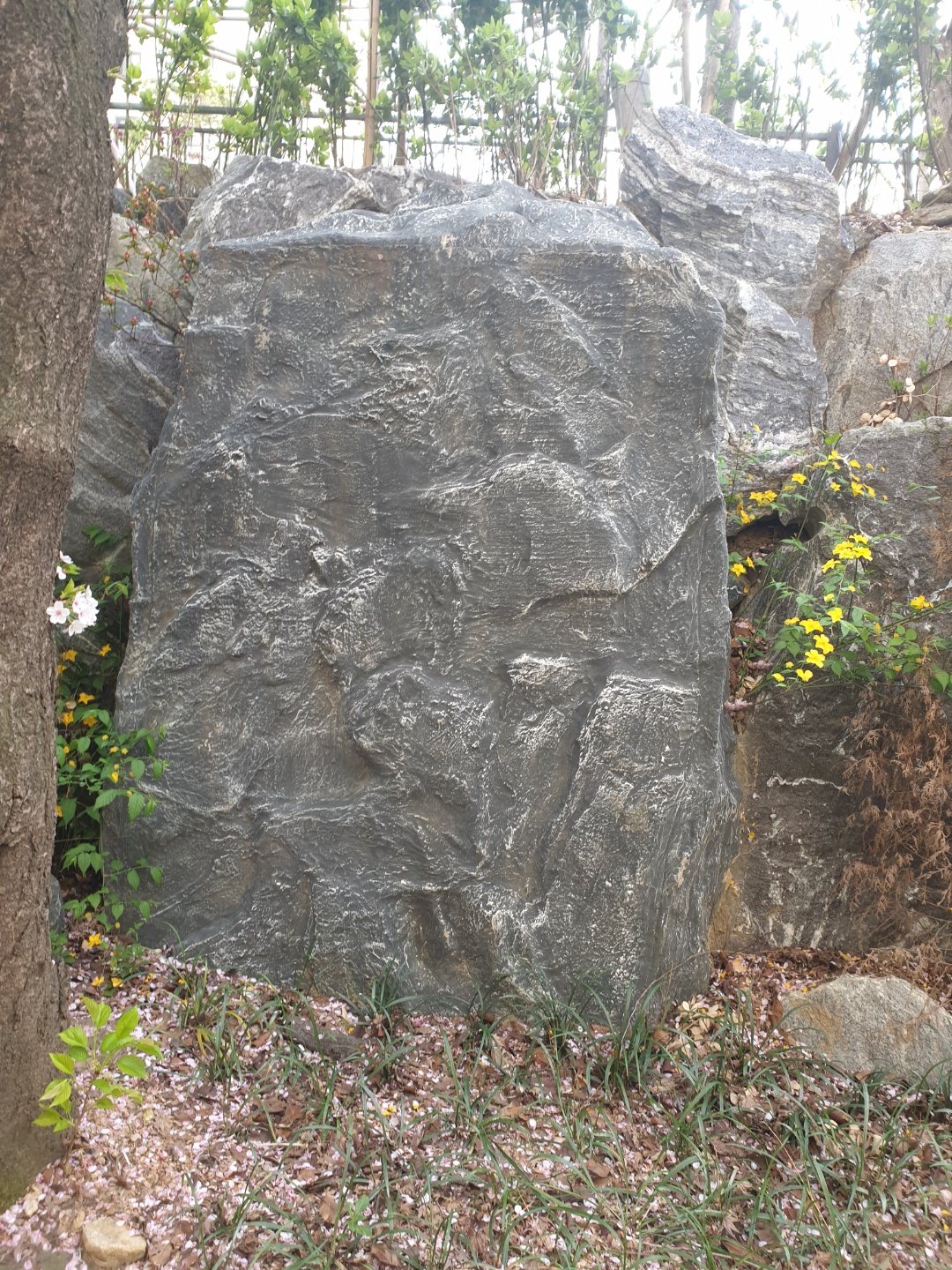
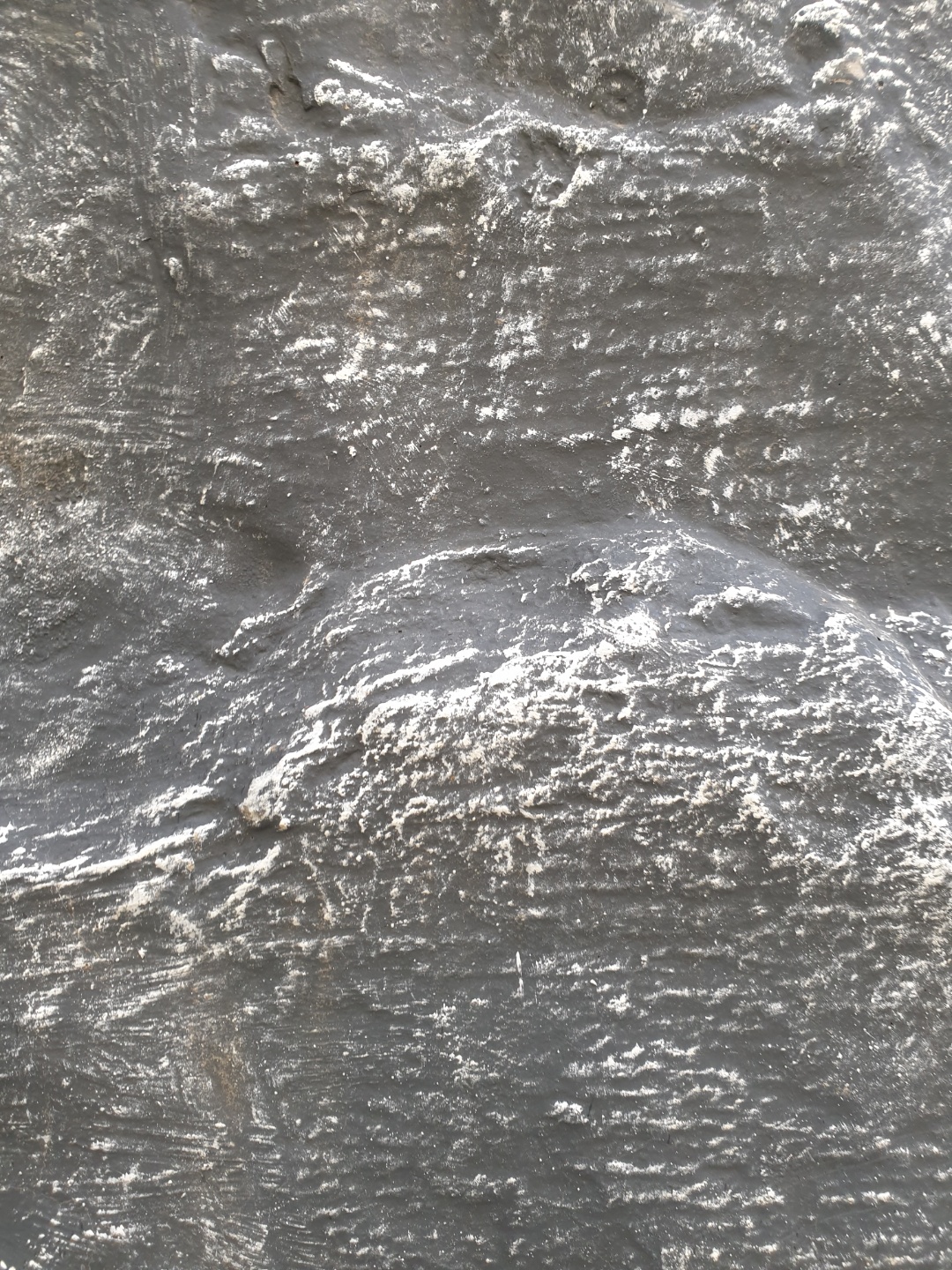
- Basalt, Igneous rock
- In terms of color, basalt varies from dark grey to black due to the high content of dark pyroxene minerals and augite, consistent with the photo. Basalt is the most widespread igneous rock as it comprises over 90% of all volcanic rocks, and hence basalt is grouped as volcanic. Its texture is aphanitic, which is the term used for igneous rocks whose grain composition is so smooth that its mineral crystals are not detectable. They exhibit a porphyritic structure with large crystals. These crystals contain feldspar, olivine, augite in a finely crystalline matrix.
Due to the fine-grained nature, geologists categorize the rocks in chemical nature with the content of metal oxides and silica. Basalt also contains a silica content of between 45% and 52%. Three environments have most of the basalt on Earth including, oceanic hotspots, hotspots underneath continents, and divergent boundaries in oceans. Basalt, an extrusive rock such as lava, can form small intrusive bodies, such as thin sill and igneous dike (“Rocks: Pictures of Igneous, Metamorphic and Sedimentary Rocks”). This characteristic is consistent with the close-up photo, where the grains are smooth in texture.
The rock in the photo is basalt due to the fined-grain nature, dark in color, similar to it.
Work Cited
“Rocks: Pictures Of Igneous, Metamorphic And Sedimentary Rocks.”Geology.Com, 2021, Web.